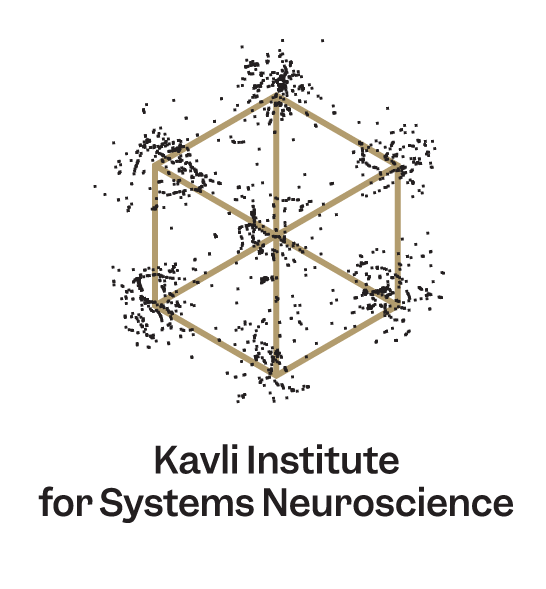WP3- K. G. Jebsen Centre for Alzheimer’s Disease
K.G. Jebsen Centre for Alzheimers Disease
Project 3: Early-stage pathology in entorhinal cortex of rodent AD models
Film about the research
Background
All hippocampal-projecting EC layer II-neurons express reelin, which controls an intracellular accumulation of neurotoxic soluble forms of Aβ (iAβ) – a hallmark of early AD in transgenic rodents and humans. Co-localization of reelin and iAβ may trigger early formation of neurofibrillary tangles in EC neurons, since reelin inhibits glycogen synthase kinase 3β, one of the main phosphorylators of tau. In WP3, we shall (i) test the hypothesis that reelin levels control early iAβ accumulation in hippocampal-projecting EC layer II neurons and (ii) determine how this mechanism affects properties of iAβ-containing cells as well as downstream transsynaptic targets. Pending success of these studies, we shall finally target a therapeutic transgene to EC layer II cells exhibiting the pathological phenotype to test the prediction that inhibition of either reelin or iAβ production directly retards p-tau formation and transsynaptic spread of the pathology.
Objectives and methods
We shall use an in house-synthesized miRNA-based viral vector to selectively reduce reelin synthesis in EC layer II of rodent models of AD13. Following this, we predict changes in spatial and temporal properties of MEC-LEC-hippocampus cells, first in EC reelin cells (Moser, using methods developed for healthy animals in WP1-2). To monitor how the disease spreads through the network, we shall assess iAβ-induced changes over time in a newly established in vitro multi-nodal neural network culture (Sandvig group). In this system, we shall recreate EC-EC and EC-hippocampal connectivity with layer and cell type-specific precision, using AD transgenic mice/rats as well as controls. The networks can be maintained for > 24 months. Network dynamics will be tested with an advanced 60-electrode electrophysiology platform. To target therapeutic transgenes selectively to reelin-expressing EC layer II neurons, we will use a novel locally-developed patented enhancer-based viral technology. Potential therapeutics include production of the zinc metallopeptidase neprilysin that efficiently degrades Abeta, restoring the balance in the secretase mediated cleavage of APP or interfering with molecular cascades involved in the control of Tau-phosphorylation. Our prediction is that stopping the pathology in the cells where AD starts may short-circuit disease progression.

WP Collaborators
-
Clifford George Kentros Professor
+47-73598290 clifford.kentros@ntnu.no Kavli Institute for Systems Neuroscience -
Karl Isak Sakarias Martinsson Postdoctoral Fellow
+46708608598 isak.s.martinsson@ntnu.no Kavli Institute for Systems Neuroscience -
Agalic Rodriguez Duboc Postdoctoral Fellow
agalic.rodriguez.duboc@ntnu.no Kavli Institute for Systems Neuroscience -
Katja Scheffler Associate Professor
katja.scheffler@ntnu.no Department of Neuromedicine and Movement Science -
Sarah Judith Seidel PhD Candidate
sarah.j.seidel@ntnu.no Kavli Institute for Systems Neuroscience -
Menno P. Witter Affiliated
+47-73598249 menno.witter@ntnu.no Kavli Institute for Systems Neuroscience





